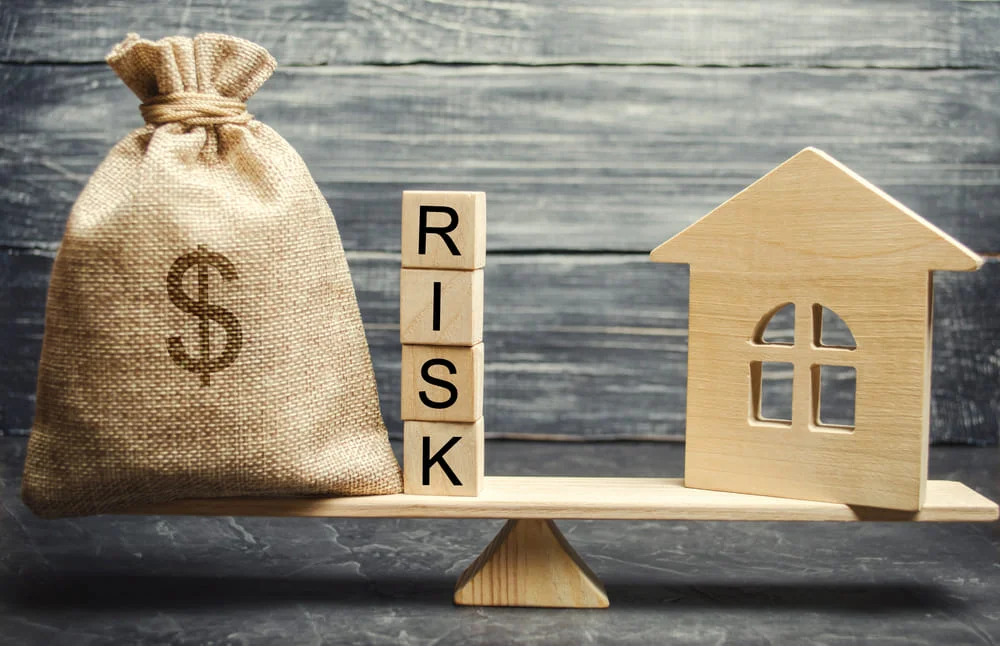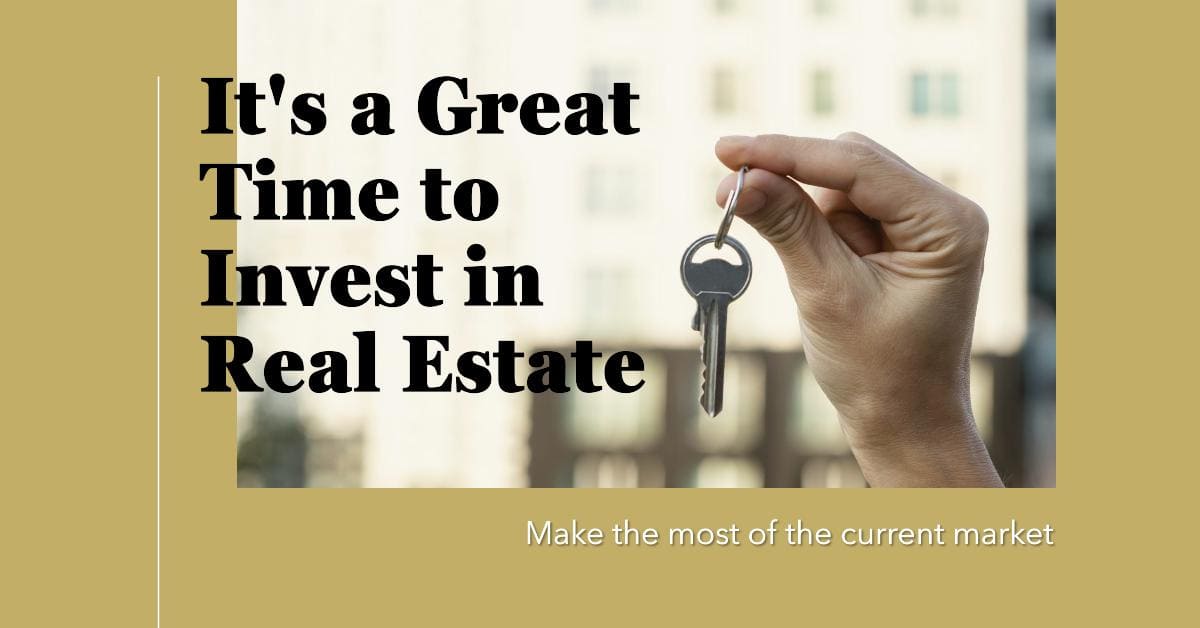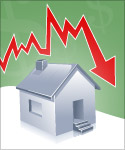
It's becoming clear to me that what we've been thinking of as a stage in the recovery actually is the recovery. Job growth at a 1.5 percent annual rate is well below our hopes from previous cycles but its getting hard to imagine faster growth unless the government starts spending more money (ha-ha) or consumers like their finances enough to start clamoring for new homes.
In November, jobs increased by 1.4 percent from last year and unemployment eased to 7.7 percent, basically no change from what we've seen the last six months. Jobs were up 1.4 percent in manufacturing, 1.5 percent in retail trade, 3 percent in business services, 2.2 percent in health care, and 2.7 percent at restaurants. Jobs in government and construction were flat.
Retail sales in October slowed slightly from the level of previous months, not what you like to see right before the Holidays. Sales were still 4 percent higher than last year but no longer goosed by heavy car buying.
Real estate depends on the consumer and we've been closely watching what consumers are doing to foretell when they'll again start buying homes. The idea being that in a recovery consumers first spend money on themselves, then on cars, and finally on homes. The first two have happened but it looks like the third shoe won't drop until consumer finances are in better shape.
The problem is the vast amount of debt consumers piled up during the spending spree of the mid-2000s, particularly in the shape of home equity lines of credit, which zoomed from $100 billion in 2000 to $600 billion by 2009. Only a bit of that money has been paid down and it's all owed by people who already have a home, the very people who in other circumstances are prime candidates to move up to a bigger or new home; but with this large existing debt they can't!
That's why the economy won't grow much faster than it's doing right now: the construction sector won't provide a boost until well into next year.



